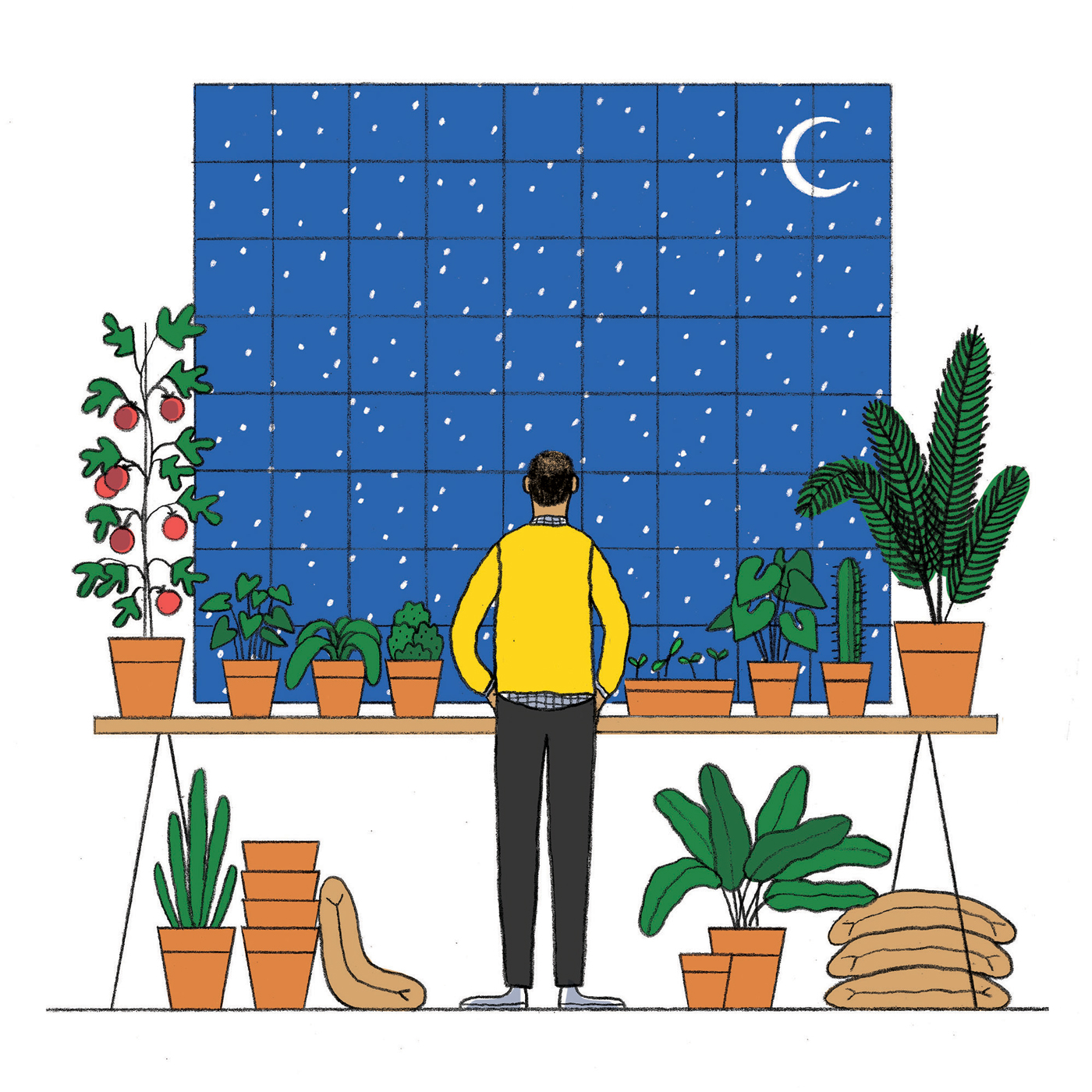If your green thumb is getting twitchy inside a pair of mittens, shuck them and grab a pair of gardening gloves instead. There is plenty to do now to get ready for the outdoor gardening season.
Dream and Plan
While the flurries are flying outside, curl up inside and browse seed catalogues and gardening books.
Anita McDonald, co-owner of Kuhlmann’s Greenhouse, says January is a good time to start thinking about what you want to do come spring. “Decide what you want to plant, order seeds online or stop by a greenhouse and pick up seeds. And get supplies together such as trays, and potting soil, for starting plants indoors.”
Just don’t wait too long to get seeds or you might be disappointed. Jim Hole of Hole’s Greenhouses sees popular seed varieties sold out by the end of February with the rush to get them planted indoors.
What and When to Plant Indoors
Get a head start on gardening by starting plants indoors. Some plants can be started in January, such as geraniums, impatiens and begonias.
But most seeds are planted in February. “The mistake some people make is starting too early,” says McDonald. “February to mid-March is the usual time frame for seeding. The seedlings will be ready for transplanting around the May long weekend.”
A wide selection of annuals can be started indoors in February or March, including the ever-popular petunias and marigolds.
February is a good time to plant spring bulbs like lilies, dahlias, and gladiolas in a pot of soil and set in a sunny window.
By March, you’ll want to seed vegetables and herbs indoors. Oregano, basil and sage can be seeded at the beginning of March, while tomatoes, peppers and eggplant should be planted mid-March.
